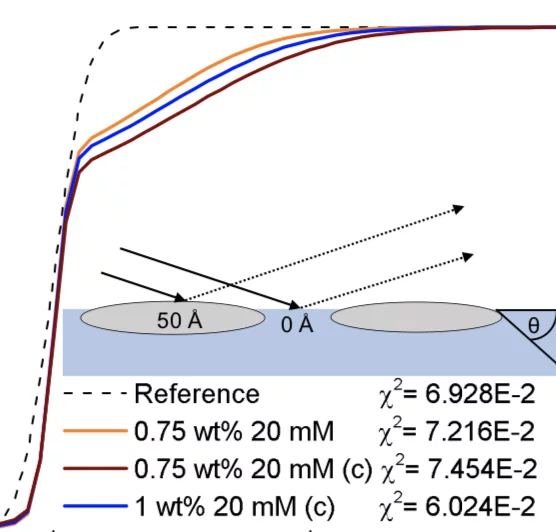Nanocrystalline cellulose (NCC) is a promising biological nanoparticle for the stabilization of fluid interfaces, which is however poorly understood due to the inability to form controlled NCC interfacial layers. Herein we present parameters that allow the adsorption of unmodified NCC at the air-water (A/W) interface. Initial NCC adsorption is limited by diffusion, followed by monolayer saturation and decrease in surface tension at the time scale of hours. These results confirm current hypotheses of a Pickering stabilization. NCC interfacial performance can be modulated by salt-induced charge screening, enhancing adsorption kinetics, surface load, and interfacial viscoelasticity. Adsorbed NCC layers were visualized by atomic force microscopy at planar Langmuir films and curved air bubbles, whereat NCC coverage was higher at curved interfaces. Structure analysis by neutron reflectometry revealed that NCC forms a discontinuous monolayer with crystallites oriented in the interfacial plane at a contact angle < 90°, favoring NCC desorption upon area compression. This provides the fundamental framework on the formation and structure of NCC layers at the A/W interface, paving the way to exploit NCC interfacial stabilization and optimize cellulose based colloidal materials.
- About the CenterfermerAbout the Center
- Our Research
- Facilities
- SINQ: Swiss Spallation Neutron Source
- SμS: Swiss Muon Source
- CHRISP: Swiss Research Infrastructure for Particle Physics
- Scientific Advisory Committees
- Publications
- Jobs & Education


